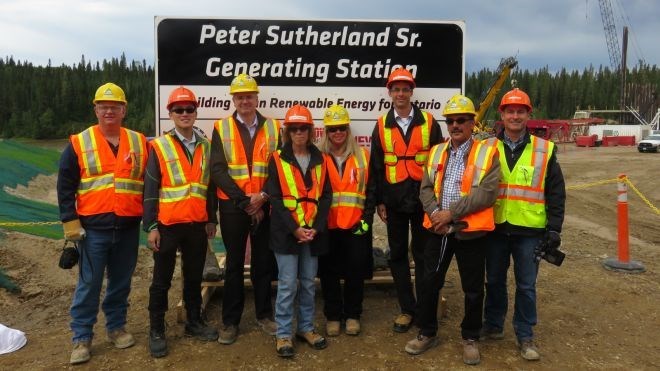For companies looking to increase their engagement with Indigenous communities, it can be difficult to know where to start.
In her work with the Canadian Council for Aboriginal Business (CCAB), Luanne Whitecrow said those companies usually fall into one of two categories.
Some have developed a strategy, are hiring Indigenous workers, and have ongoing relationships with Indigenous communities, but they’re looking to bump up their efforts, she noted.
Others are starting from scratch and need more guidance on how to begin the process.
“They don’t know what they don’t know,” said Whitecrow during a May 18 online presentation. “They want to do the good work, but they don’t know what to do or how to get started. They’ve never built a framework. They’ve never set foot on an Indigenous community in Canada.”
CCAB’s Progressive Aboriginal Relations (PAR) program can help with both.
Launched in 2001, PAR is a certification, reporting, and management program that guides companies in the right ways to collaborate with Indigenous stakeholders. It relates to four areas of focus: leadership, employment, business development, and community relationships.
With no similar system in place at the time, PAR was established to “raise the bar in Indigenous relations,” said Whitecrow, PAR's director.
More than 180 organizations are currently enrolled in the program. CCAB has trained upwards of 800 organizations in the last two decades, with more coming on all the time.
“To date, it still remains the only CSR (corporate social responsibility) model with a specific focus on Indigenous relations as it relates to those four drivers,” Whitecrow said.
The program is structured by tiers — committed, bronze, silver, and gold — with companies starting at the bottom and moving through the ranks as they achieve certain benchmarks.
Each stage takes about three years to complete. A CCAB adjudicator evaluates the companies at each stage to ensure they’ve completed the required work before they can move on to the next level.
The first step for any company is to establish a framework for moving forward: will their strategy be local, regional, provincial or national? What are their goals with Indigenous relations?
“They’re identifying a scope of impact around where their hiring is happening, where the partnerships or procurements are happening, and where their engagement and support is happening in that very first year,” Whitecrow said.
“And also within that very first year, they’re also drilling down a scope of impact to identify where would we like to focus our efforts on these four drivers.”
Whitecrow calls this an “intent perspective-based process approach,” which puts the onus on the company to figure out what activities they can realistically achieve.
“We’re giving them a framework to build for themselves, to identify for themselves where they want to impact.”
By the second year, companies start seeking input from Indigenous communities, businesses and employees. But Whitecrow emphasizes that companies must be mindful of the socioeconomic realities of a community before they start.
“We always encourage organizations to talk with that community first, find out where they’re at before you set any targets or you’re going to go into the community with any offers of any kind,” she said. “It’s really important to find out where that community is at.”
By year three, a company will be setting targets for employment, procurement and community relationships.
Throughout the process, a company’s leaders and employees will be required to undergo cultural awareness training. It helps with buy-in when everyone at the company understands why the organization is undertaking reconciliation measures, Whitecrow said.
The program works with organizations of any size — participating companies range from two employees to 125,000 employees — and across sectors.
Among the familiar industry names that are already participating are AECOM, The Miller Group, Bird Construction, Hydro One, Bruce Power, and Ontario Power Generation.
Whitecrow emphasized that, even though the “gold” level is the highest stage of the program, PAR doesn’t really have an end date.
There is always more companies can do to improve their Indigenous engagement, and participants should always strive for continuous improvement.
“You’ve talked with communities, you’re hiring from them; you’re procuring, engaging and supporting them already,” Whitecrow said. “What else could you do in communities to create continuous economic development?”
